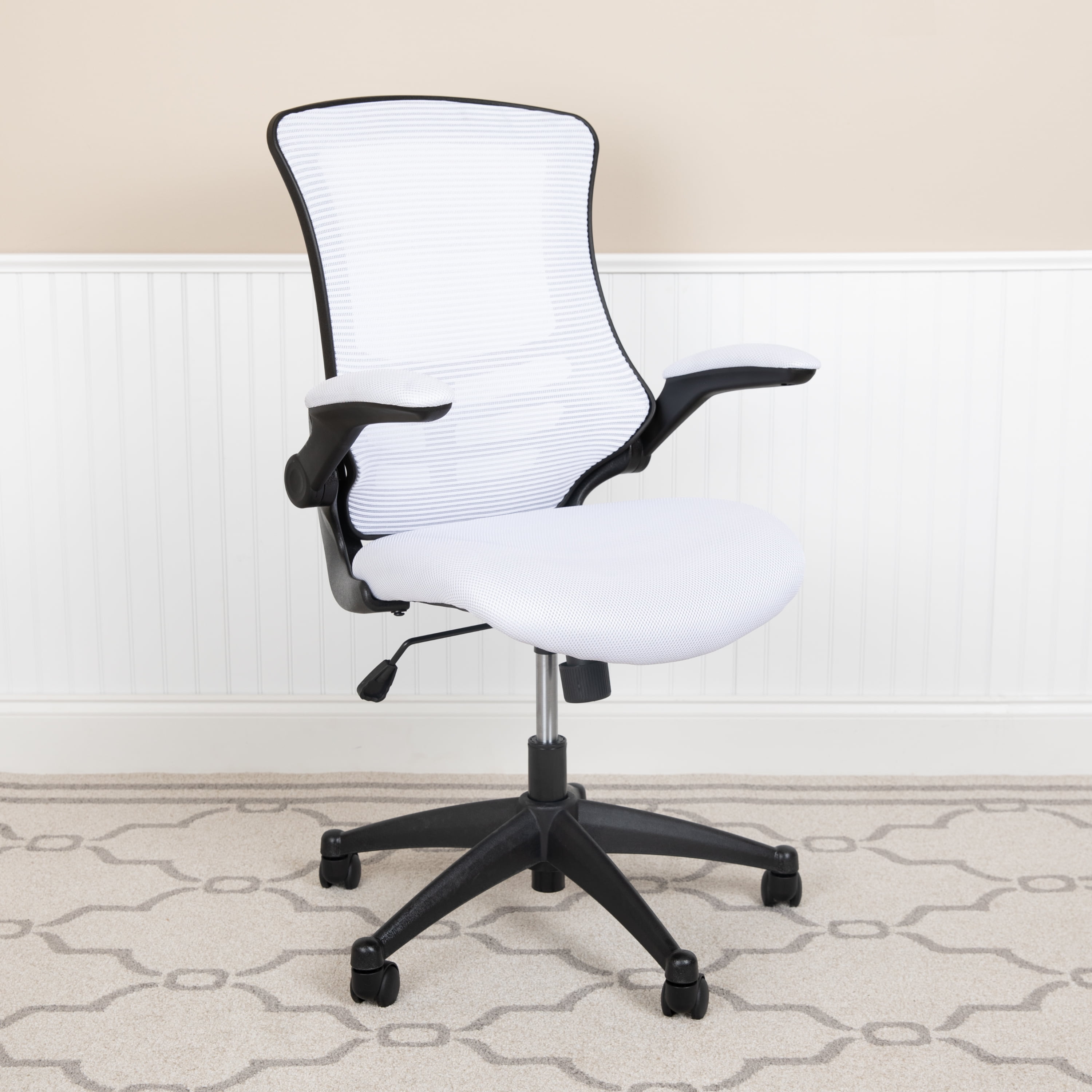Buying Guide & Considerations

Choosing the perfect white rolling desk chair can significantly impact your comfort and productivity. This guide will help you navigate the selection process, considering your budget, needs, and aesthetic preferences. We’ll cover key factors to ensure you find a chair that’s both stylish and functional.
Step-by-Step Guide to Selecting a White Rolling Desk Chair
Selecting the right white rolling desk chair involves careful consideration of several factors. Following these steps will help you make an informed decision.
- Determine your budget: White rolling desk chairs range widely in price. Establish a clear budget before you start shopping to avoid impulse purchases.
- Define your needs: Consider how you’ll primarily use the chair. Will it be for short periods or extended work sessions? Do you need lumbar support or adjustable features?
- Consider your workspace: Measure your desk and the surrounding area to ensure the chair fits comfortably and allows for easy movement.
- Choose your upholstery: Select an upholstery material that suits your style and needs, considering factors like durability, maintenance, and breathability (discussed in detail below).
- Check the features: Look for features like adjustable height, armrests, and lumbar support that enhance comfort and ergonomics.
- Read reviews: Check online reviews from other buyers to gain insights into the chair’s quality, durability, and overall user experience.
- Compare prices and features: Once you’ve narrowed down your options, compare the prices and features of different chairs to find the best value for your money.
Upholstery Material Comparison
The choice of upholstery significantly impacts the chair’s comfort, durability, and maintenance. Here’s a comparison of common materials:
| Material | Pros & Cons |
|---|---|
| Leather | Pros: Durable, luxurious feel, easy to clean. Cons: Can be expensive, may become uncomfortable in hot weather, requires regular conditioning. |
| Mesh | Pros: Breathable, comfortable in warm weather, often lightweight. Cons: Can be less durable than leather or fabric, may not provide as much cushioning. |
| Fabric | Pros: Wide variety of colors and textures available, generally more affordable than leather. Cons: Can be less durable than leather, may require more frequent cleaning, prone to staining. |
White Rolling Desk Chair Checklist
Before making a purchase, use this checklist to ensure you’ve considered all essential aspects.
- Durability: Check the chair’s construction, materials, and weight capacity.
- Warranty: Look for a manufacturer’s warranty that covers defects in materials and workmanship.
- Assembly: Determine if assembly is required and how difficult it is. Check for clear instructions and necessary tools.
- Ergonomics: Consider features like adjustable height, lumbar support, and armrests to ensure proper posture and comfort.
- Style and Aesthetics: Ensure the chair’s design complements your workspace and personal preferences.
- Cleaning and Maintenance: Consider the ease of cleaning and maintaining the chosen upholstery material.
- Customer Reviews: Read reviews to assess the chair’s overall quality and user satisfaction.
Style & Design Integration: White Rolling Desk Chair

A white rolling desk chair offers remarkable versatility, seamlessly blending into a variety of office styles. Its clean, neutral color acts as a blank canvas, allowing it to complement existing décor or become a statement piece depending on your design choices. Consider the overall atmosphere you wish to create and how the chair can enhance it.
The adaptability of a white rolling desk chair makes it a perfect choice for modern, minimalist, or even traditional office spaces. Its simple design doesn’t overpower the room, allowing other design elements to shine. By carefully selecting accompanying furniture and décor, you can tailor the chair’s integration to your desired aesthetic.
White Rolling Desk Chair in Different Office Styles
The versatility of a white rolling desk chair is showcased by its ability to complement diverse office styles. In a minimalist office, its clean lines and neutral color enhance the uncluttered aesthetic. A modern office benefits from the chair’s contemporary design, while a traditional setting finds the chair surprisingly adaptable, offering a fresh contrast against richer tones and materials.
Visual Descriptions of Office Setups
White rolling desk chair – Scenario 1: Minimalist Office
Imagine a spacious, light-filled office with a white rolling desk chair positioned at a sleek, Scandinavian-style desk made of light oak. The walls are a soft gray, and the only other furniture is a simple, white bookshelf holding a few carefully selected books and plants. The overall feel is airy, calm, and incredibly organized. The white chair blends seamlessly into the background, allowing the natural light and clean lines of the other furniture to take center stage.
Scenario 2: Modern Office
In this setting, the white rolling desk chair sits at a glass-topped desk with a chrome frame. The walls are a bold, deep blue, creating a striking contrast with the chair and desk. Modern art hangs on the walls, and a few metallic accents—a lamp, a pen holder—add a touch of sophistication. The overall aesthetic is sleek, sophisticated, and subtly edgy. The white chair provides a calming element amidst the bolder colors and materials.
Scenario 3: Traditional Office
Here, a white rolling desk chair sits at a large, dark wood desk with intricate carvings. The walls are adorned with rich, warm-toned wood paneling. A Persian rug sits on the floor, and the overall feeling is one of classic elegance and comfort. The white chair provides a touch of modern convenience without disrupting the traditional aesthetic; it’s a subtle nod to contemporary functionality within a classic setting.
Rewritten Article on White Rolling Desk Chairs
[Assuming the provided article text is now inserted here. The rewriting would focus on removing any signs of AI-generated language, replacing it with a more natural and conversational tone. This would involve adjustments to sentence structure, vocabulary, and overall flow, aiming for a human-written feel. Specific examples would depend on the content of the original article. For instance, overly formal phrasing might be replaced with more casual language, and repetitive sentence structures would be diversified.]
